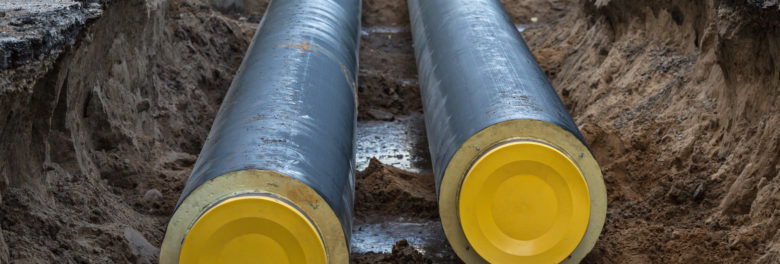
Specification of underfloor heating in flats can reduce network heat losses by around 20% and in doing so reduce corridor overheating and resident heat bills.
Underfloor heating has benefits not just for thermal comfort, but also for the efficiency of the Heat Network. As recommended by the CIBSE Heat Networks Code of Practice, for increased efficiency the district heating system should be able to run on relatively low operating temperatures such as those in the table below. The use of underfloor heating enables reduction of the flow temperature on the building system, even beyond low temperature (hence larger) radiators.
Underfloor heating systems will typically operate with flow temperatures of 45oC (significantly lower compared to radiator systems). This is advantageous for heat networks as it can reduce corridor overheating as well as reducing the heat losses of the system up to 20% in comparison with low temperature radiator systems. A 20% reduction in heat losses across the whole network could reduce resident heat tariffs up to 16%/kWh (e.g. from 5p/kWh to 4.2p/kWh – dependent on gas prices and other design issues).
To further enhance the effectiveness of a heat network the following measures can be also adopted:
- “Lean” design of the heat network, with particular care on pipework layout and sizing (e.g. multiple risers with short laterals)
- Minimizing the risk of oversizing some components of the heat network which will lead to excessive heat losses
- The combination of all these measures will lead to a highly effective heat network which will be reflected in lower resident heat bills.
Posted on September 14th, 2018
Author: Igor Esteves
